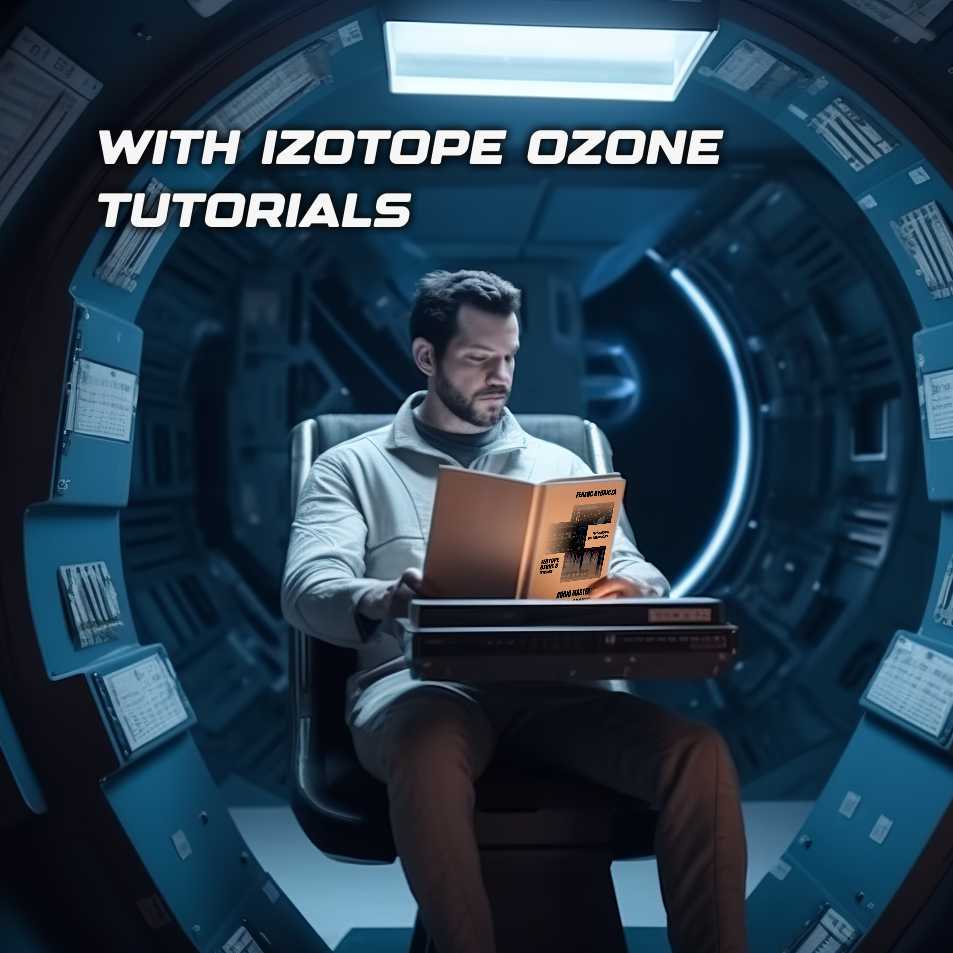

Discover the Secrets to Professional Mastering with the Ultimate Guide!
Are you tired of searching for ways to take your music production to the next level? Look no further! Introducing the game-changing Mastering Book, a comprehensive guide designed to help you achieve the polished, professional sound you've been striving for. Unlock your true potential with this must-have resource, which will not only teach you the fundamental techniques of mastering, but also reveal industry-insider tips and tricks to transform your tracks into radio-ready hits. Whether you're an aspiring producer or an experienced audio engineer, this book has something for everyone. By purchasing the Mastering Book, you'll gain access to: - In-depth explanations of tools and software, enabling you to make informed decisions about your audio setup. - Real-world examples and case studies to help you understand the principles in action. - Proven strategies and advanced tips for optimizing your mixes and achieving that elusive "perfect sound."
Important:
Please note that the available format for this essential book is exclusively in PDF, ensuring instant access upon purchase.
Contents:
What is mastering / What is sound / Sine curve / Hz – kHz / Harmonics / Bit Depth / CD standard / Sampling / Studio monitor / Active-passive speaker / Crossover / Linearity / Yamaha NS10 / Loudspeaker positioning / Frequency transmission / Room acoustics / Acoustics correction / Secondary speaker / Purchase advice / Specifications / RMS / Headphones / Technical parameters / Tips, tricks / Soundcards / Reason for quality differences / AD/DA converter / Types / Integrated soundcard / DAW / Differences in functionality / Hardware requirements / Quality difference / Equalizer 68-83 / Types / How they work / Crossover / Filter in EQ / Tests / Waves / SSL / Ozone / StudioOne / FabFilter / DSP system / Reverb / Purpose in mastering / Types / Stereo Enhancer / Purpose of spacing / Operation mechanism / Disadvantages / Advantages / Advices / Stereo exciter / Increasing harmonics / Compressor / Variable / FET / VCA / Threshold / Ratio / Attack / Transient / Release / Make-up/Gain / Knee / Tips / Limiter/Maximizer / Purpose / Types / Waves L3 vs Ozone / FabFilter Pro-L / A Dynamics / Transient / Saturation / Operation / Disadvantages / Soundgoodizer / Suggestions for use / Ozone Exciter / Kramer Master Tape / Factors affecting quality / Dither / Alias / Jitter / Dc- offset / MP3 / The actual work / Beginner advice / Ozone EQ. / Frequency properties / Low-cut / Linear Phase EQ / Capture / Matching / FFT Meter / FabFilter spectrum meter / EQ tricks / Ozone Stereo Imager/ Multiband / Solo / Vectorscope / Delay / Purpose of phase cancellation / Mixing styles / Effect of spatial enhancement / Tips / Transient and space / Ozone Harmonic Exciter/ Saturation / Side effects / Post EQ. / Frequency boundaries / Styles / Tips / Delay / Mid/Side mode / Ozone Dynamic / Operation / Noise lock / Multiband / Ratio / Parallel compression / Limiter / Expander / Expander and transient / Compressor / Maximizer / Mid/Side mode / Advanced Reverb Functions / Pre-delay / Early reflection / Decay / Width / Importance of the effect chain / Ozone Dynamic EQ. / EQ. and compressor in one / Operation / Ozone Spectral Shaper. / Operation / Suggested use / Ozone Vintage Tape / Operation / Suggested use / Ozone Vintage Limiter / Operation / Suggested use / Ozone Vintage Compressor / Operation / Suggested use / Tonal Balance Control / Essence / Connect with EQ / Ideal frequency curve / Ozone Master Assistant / Essence / Connect with EQ / Ideal frequency curve / FabFilter De-esser / De-esser in mastering / Sidechain / Advantage of Sidechain compression / RMS and mastering / RMS function / Measurement software / Over-compressed material / EBU R128 / Broadcast / Stem mastering / Essence / Advantages / 432Hz vs 440 / Differences and their effects / Tuning in mastering / Alternative solutions / T-racks / Godlike description / Auto EQ / Multiband Compressor / Stereo Imager / Multiband Saturation / Tube Virtualiser / Maximizer / Measurement functions / Orchestral Mastering / Differences / Using the Maximizer / Suggestions / Benchmark / Music without drum / General tips / Beginner advice / Software purchasing tips / Speed of creating / Amateur vs Pro / The future of music-making / Final instructions